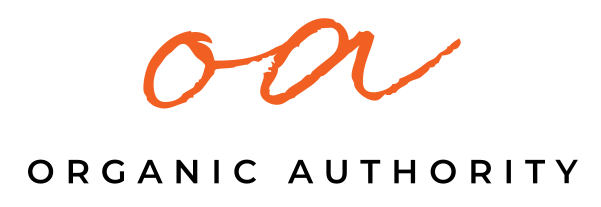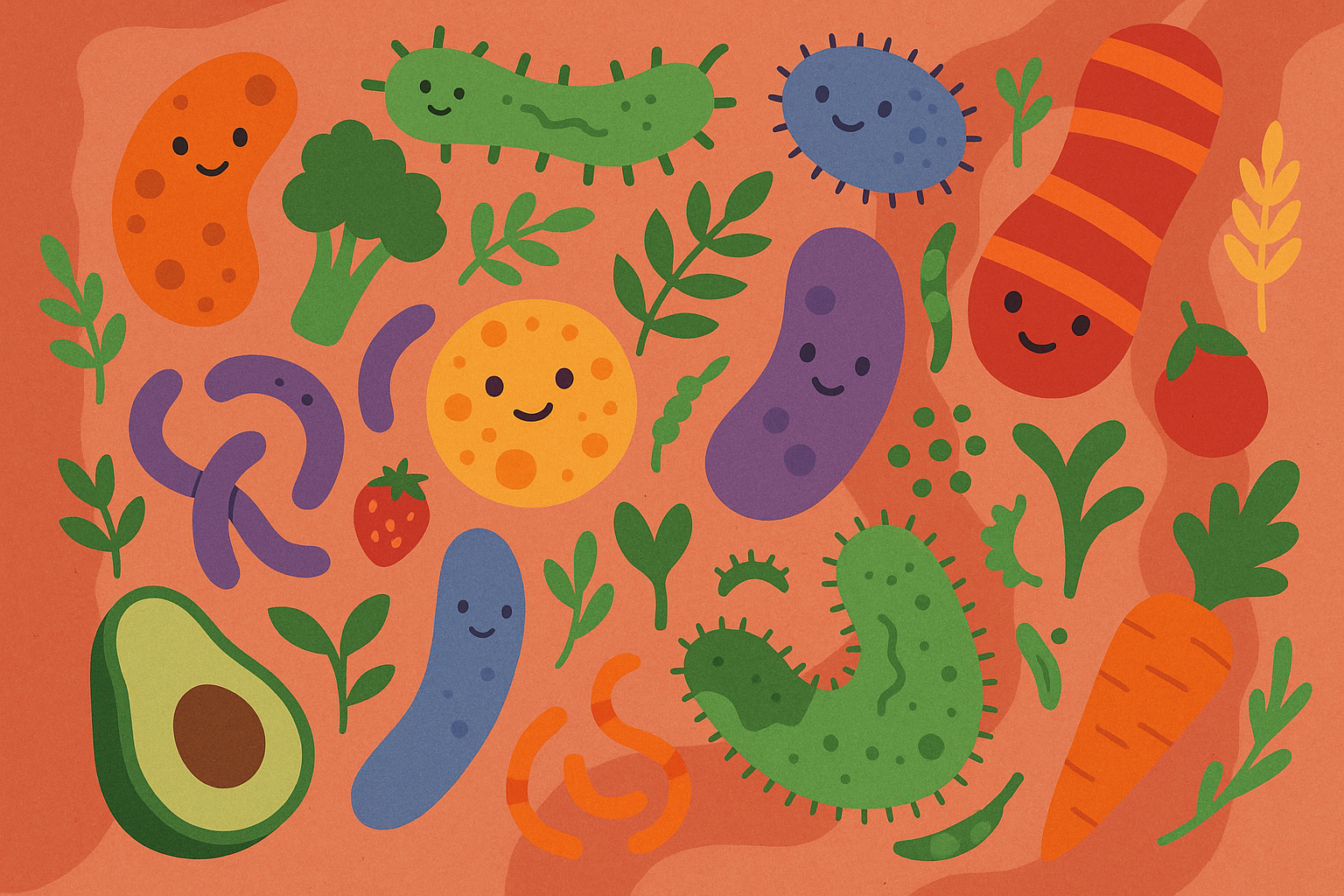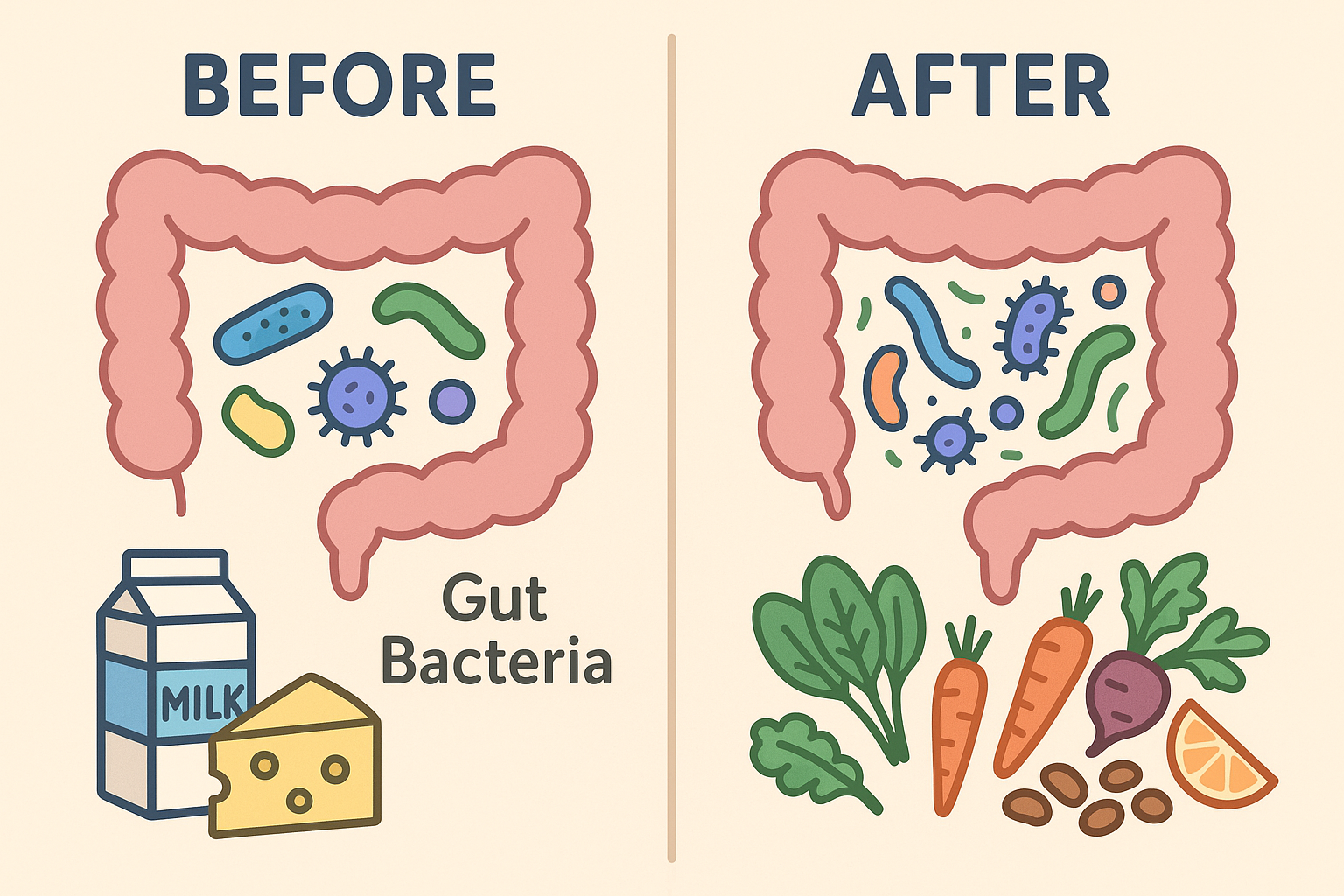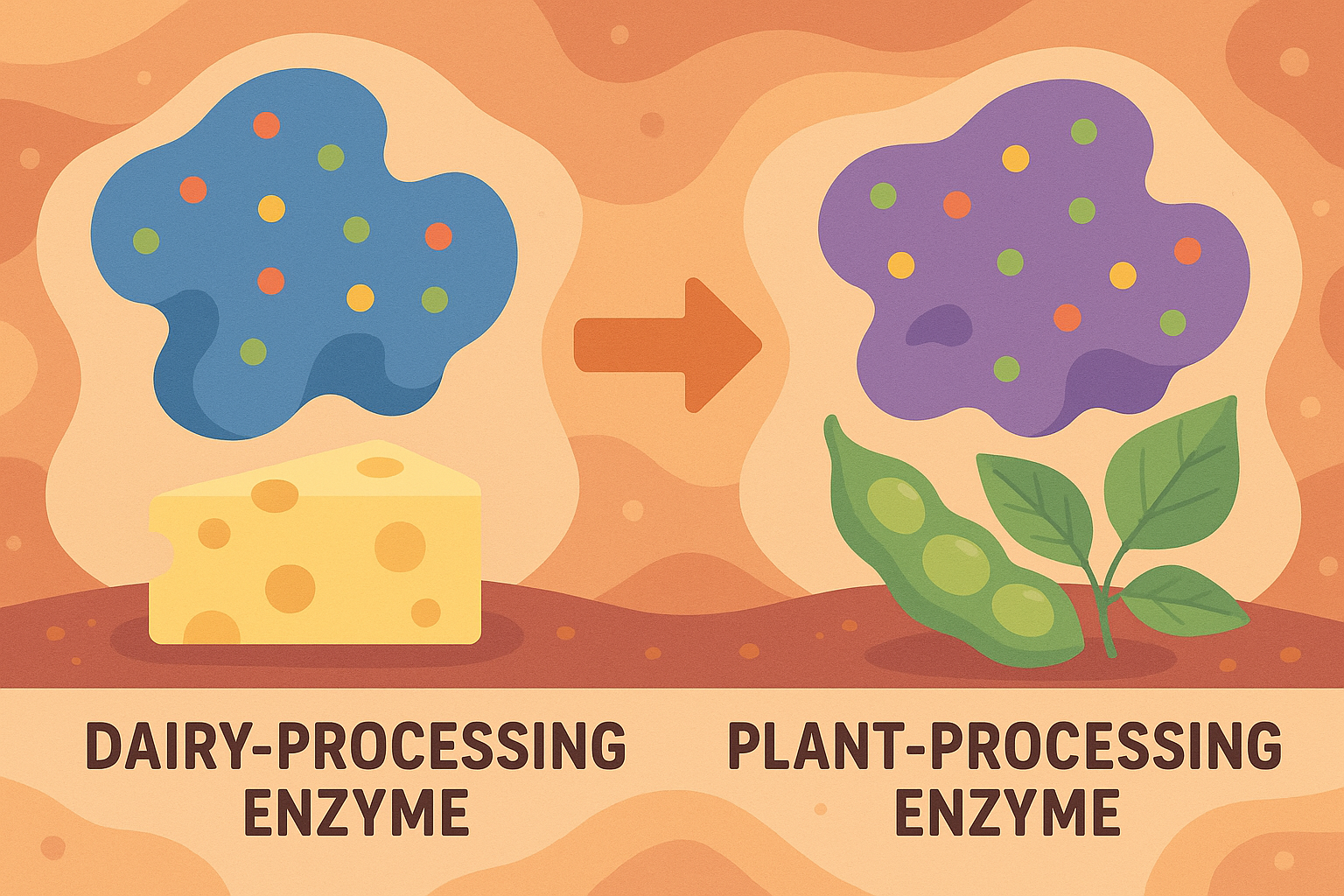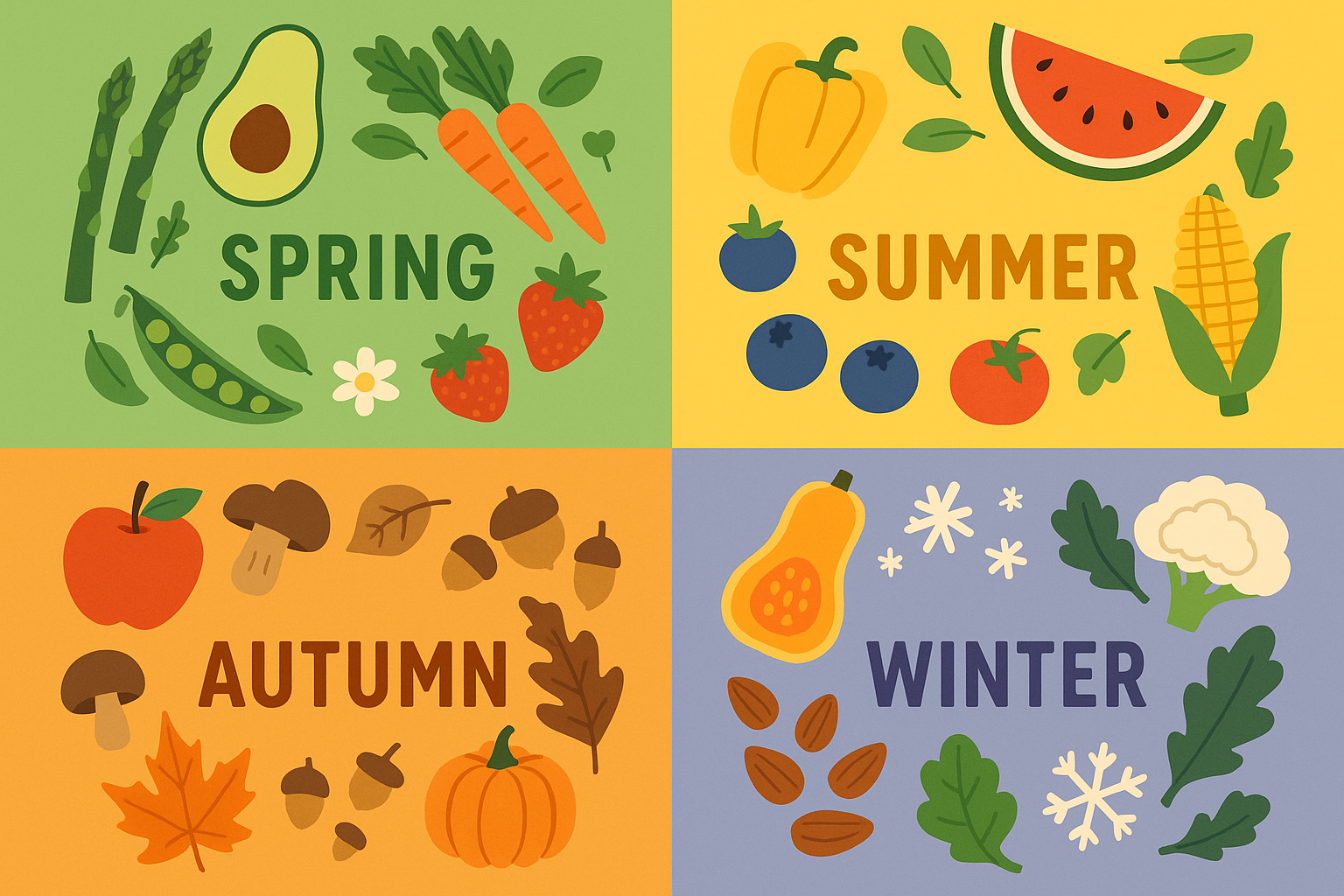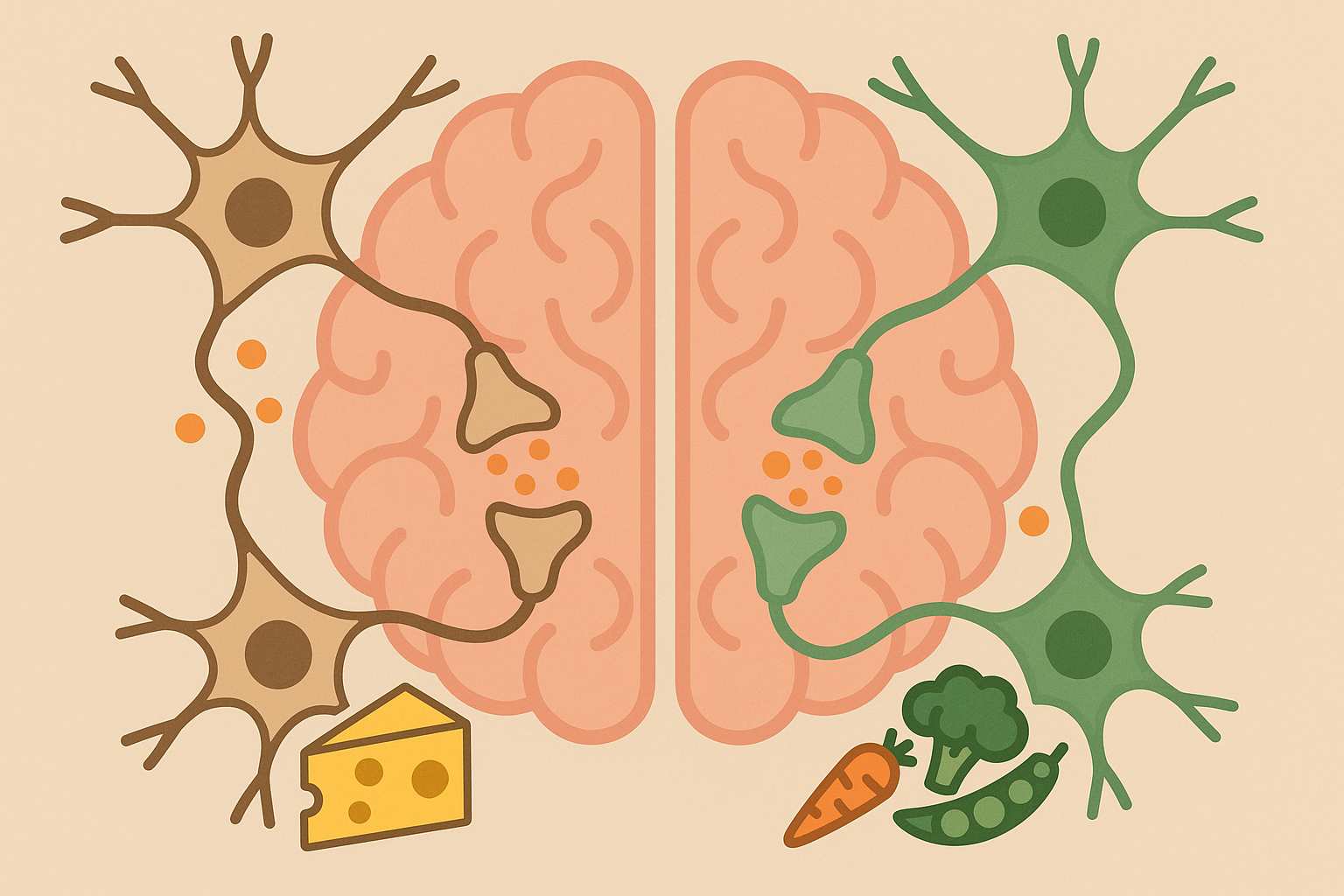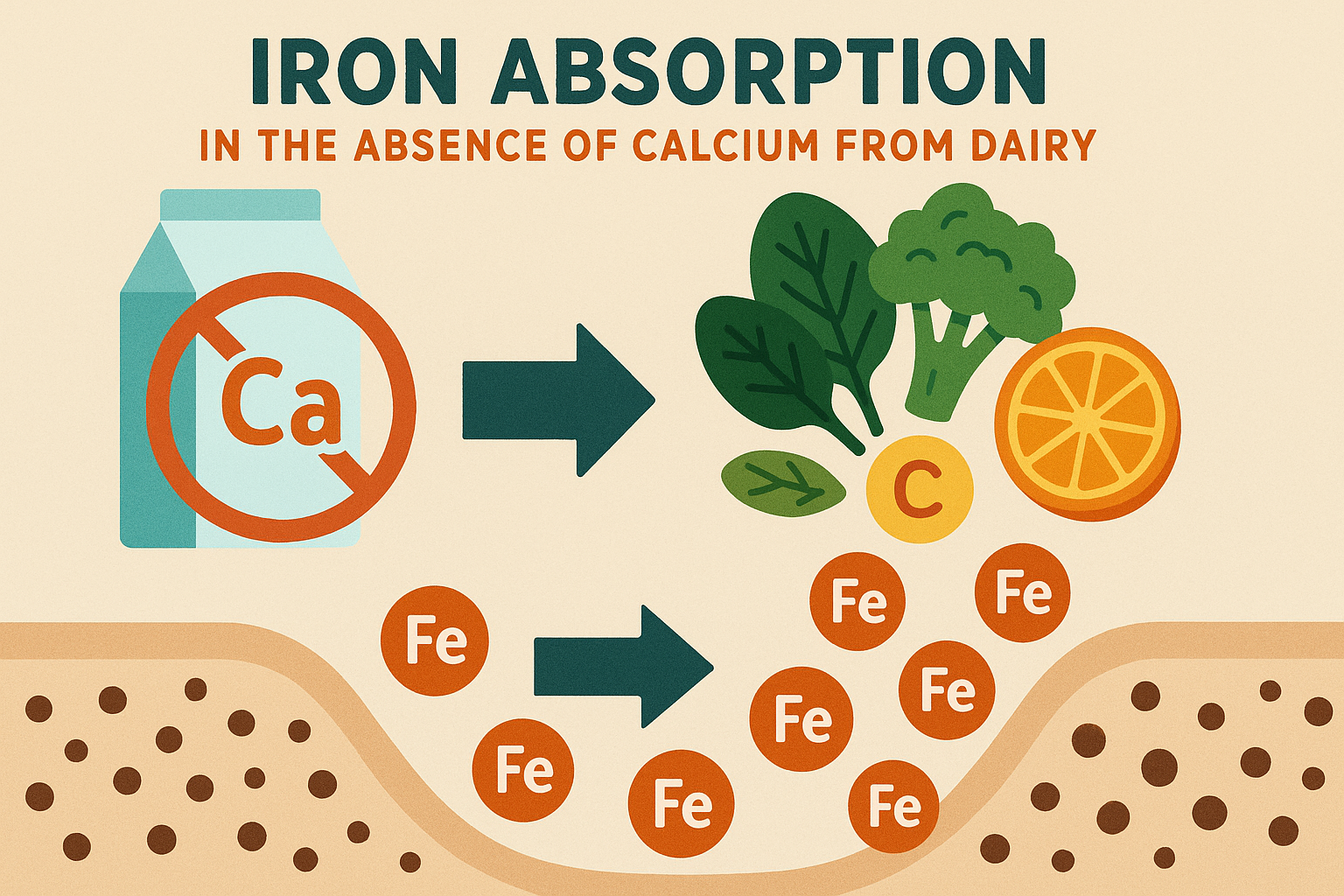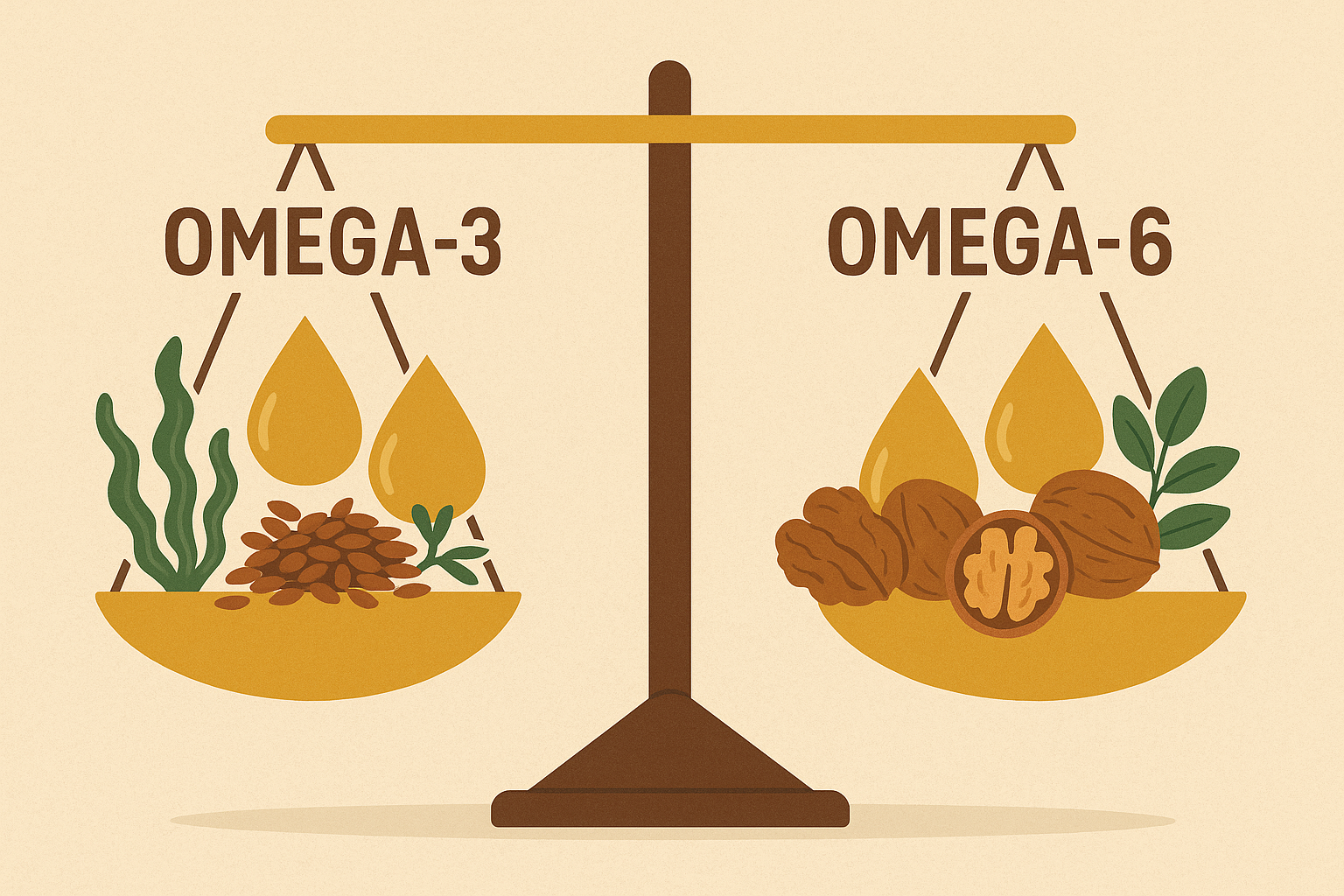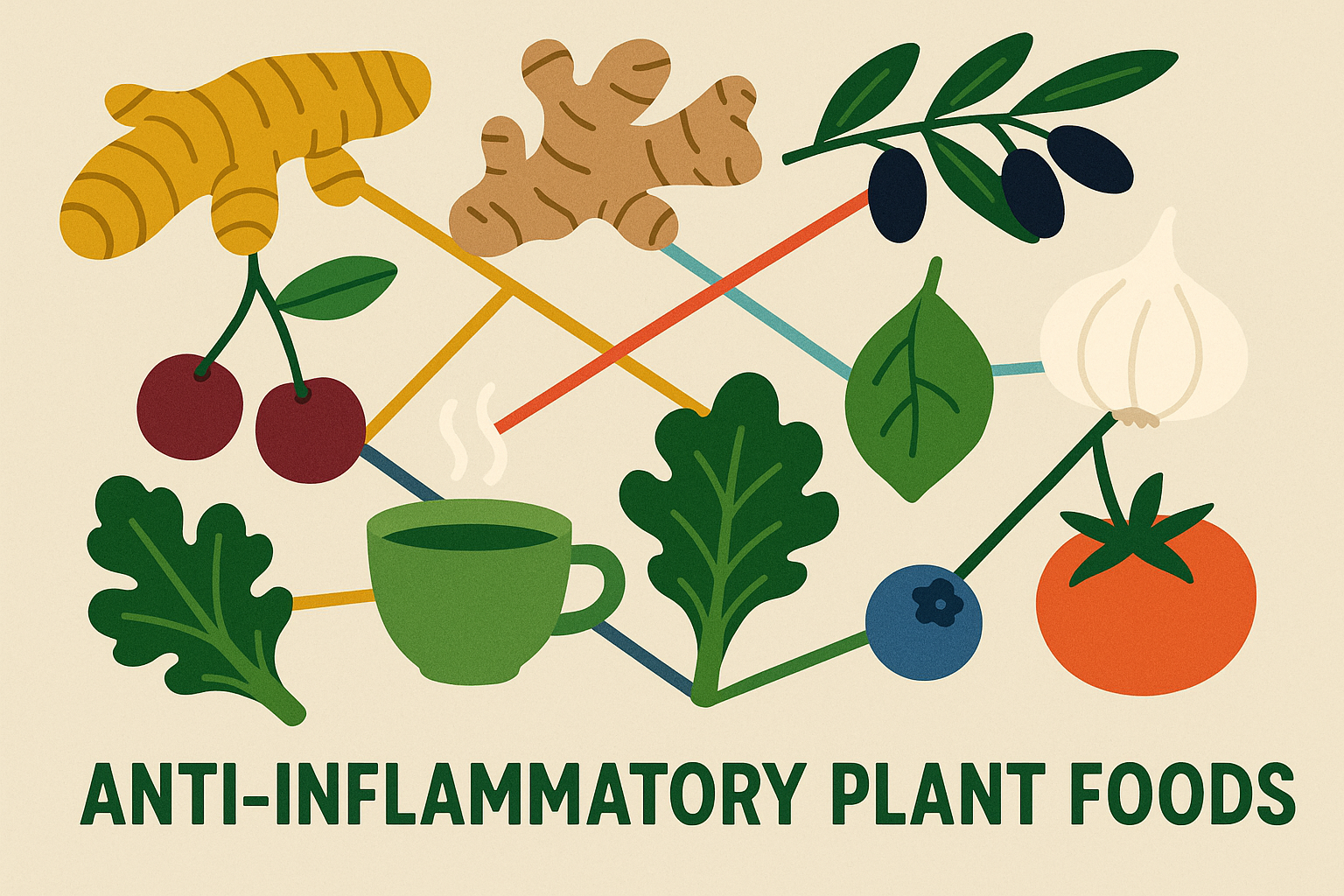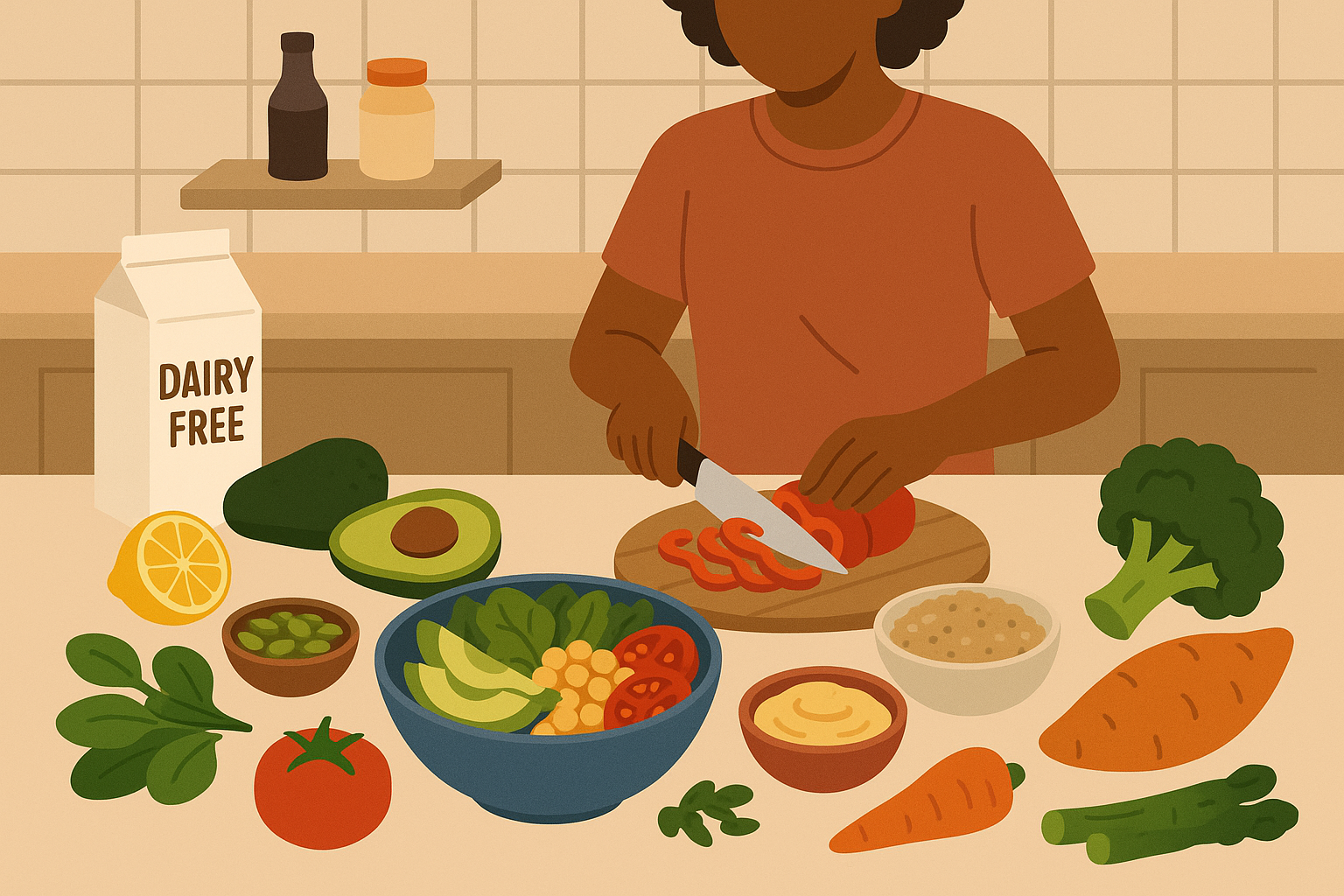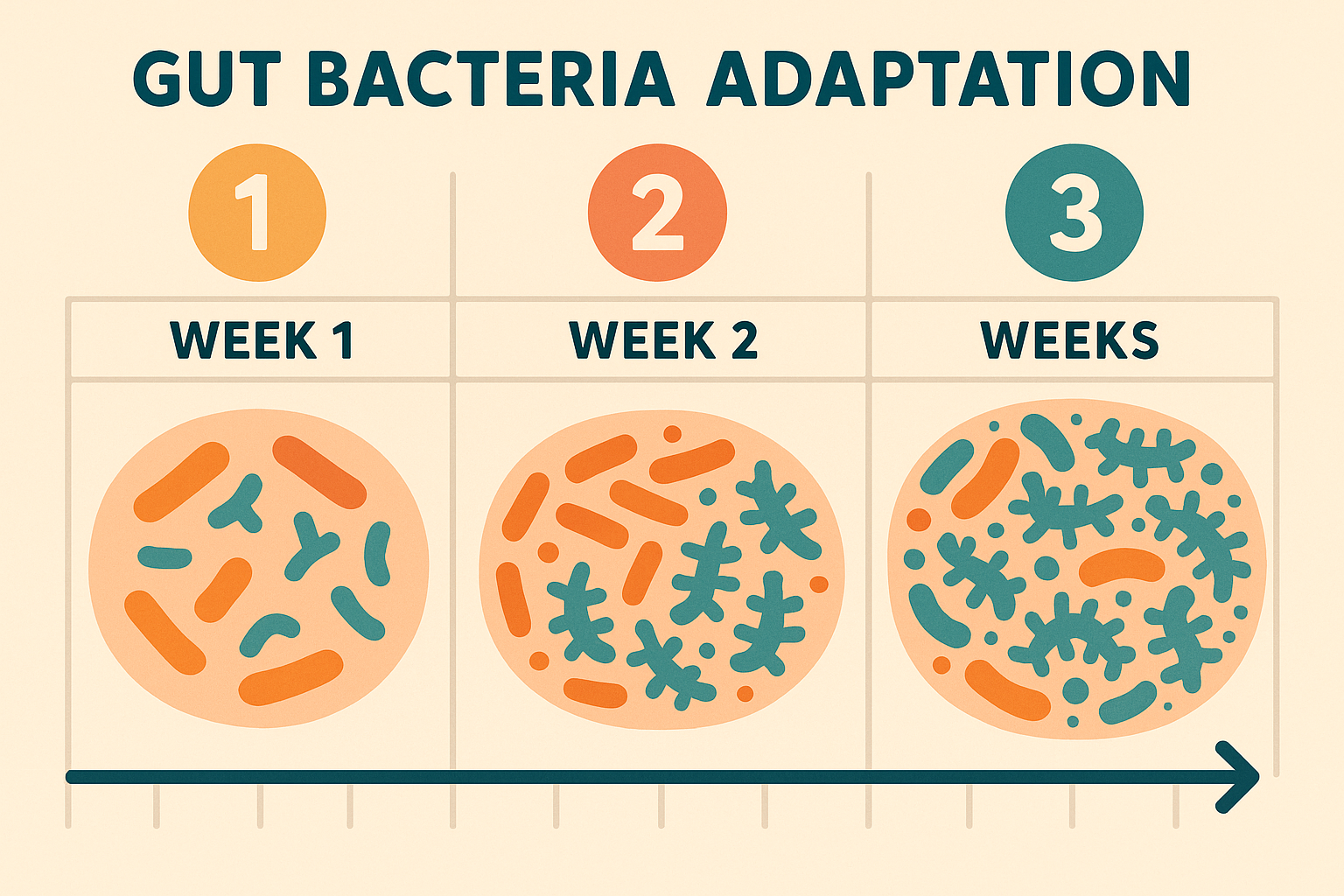Dairy Free Meal Plan: Why Your Gut Should Be the Boss (Not Some Random Template You Found Online)

Let’s be honest – most of us diving into dairy-free living grab the first 7-day meal plan we find on Google, hoping it’ll magically fix everything. Here’s what I’ve discovered (sometimes the hard way) after helping tons of people figure this out: those cookie-cutter approaches fail spectacularly because they completely ignore the most important factor in your success – your unique gut situation.
The reality is that 95% of patients pay $0 out of pocket when they see a dietitian with Berry Street, which tells us something pretty important about personalized nutrition. When professionals create individualized plans, they actually work. When you download a generic template, you’re basically playing nutritional roulette with your digestive system.
Table of Contents
- The Real Problem with Cookie-Cutter Dairy-Free Plans
- Your Gut Bacteria Are Like Tiny Roommates with Strong Opinions
- Why Your DNA Matters More Than You Think (But Don’t Panic!)
- Seasonal Eating: Your Body Changes, Your Food Should Too
- The Psychology Behind Actually Sticking With This
- Your Body Gets Way Better at Absorbing Nutrients
- Fighting Inflammation Like a Pro (Not Just Avoiding “Bad” Foods)
TL;DR
- Your gut bacteria basically vote on which dairy-free foods will make you feel awesome
- Generic meal plans fail because they ignore how your unique DNA processes different plant foods
- Timing actually matters – your body handles dairy-free nutrients differently throughout the day and seasons
- Within 72 hours of ditching dairy, good bacteria start throwing a party in your gut
- Ladies: your cycle affects what dairy-free foods will work best (it’s not all in your head!)
- Your brain needs 2-8 months to get genuinely excited about oat milk instead of regular milk
- Without dairy blocking things up, your body can actually use iron from plants way better
- Smart food combinations fight inflammation better than expensive supplements
The Real Problem with Cookie-Cutter Dairy-Free Plans
I’ve watched countless people fail with generic dairy free meal plan templates, and the pattern is always the same. They focus on what they can’t eat and finding substitutes, rather than actually making their bodies feel better. This approach misses the real opportunity – using the elimination of dairy as a chance to rebuild your entire gut health from scratch.
Instead of asking “what can’t I eat,” the question becomes “how can I make my gut happy while living dairy-free.” Understanding simple ways to beat bloat and improve digestion becomes crucial when you’re trying to figure out what actually works for your body.
Your Gut Gets a Complete Makeover (And It’s Pretty Amazing)
When you eliminate dairy, you’re basically giving the good bacteria that were getting bullied by dairy proteins a chance to finally thrive. This shift begins within 72 hours and continues for weeks, which is why it’s so important to understand which dairy-free foods will help this process rather than mess it up.
The transformation happening in your gut during this period is honestly remarkable. Some beneficial bacteria that couldn’t compete with the dairy-loving ones suddenly have room to grow, while the lactose-dependent bacteria start packing their bags.
The 72-Hour Gut Reset (It Happens Faster Than You Think)
Your gut bacteria start shifting dramatically within three days of eliminating dairy. This creates this unique window where your food choices can dramatically influence which bacteria take over your digestive system.
Sarah, a 34-year-old runner I worked with, noticed that within 72 hours of eliminating dairy, her usual afternoon energy crashes just… disappeared. By day 5, she was sleeping better and her morning bloating was gone. The key wasn’t just removing dairy – she strategically added fermented coconut yogurt with breakfast and sauerkraut with lunch to feed the good bacteria that were finally getting their chance to shine.
Tracking What Your Gut Actually Likes
During weeks 1-4 of going dairy-free, different foods will support different bacterial strains in your gut. Fermented coconut products might make completely different beneficial bacteria happy than fermented nut-based alternatives. Understanding these preferences helps you build a meal plan that actually works for your body.
| Week | What’s Happening | Foods That Help | You Might Notice |
|---|---|---|---|
| Week 1 | Dairy bacteria declining | Fermented coconut products, kimchi | Less bloating, better sleep |
| Week 2 | Good bacteria growing | Prebiotic veggies, almonds | Better digestion, stable energy |
| Week 3 | Metabolism bacteria thriving | Berries, green tea | Faster metabolism, clearer skin |
| Week 4 | Everything stabilizing | Diverse plant fibers, nuts, seeds | Consistent energy, fewer cravings |
Your Gut Bacteria Are Like Tiny Roommates with Strong Opinions
Understanding your personal gut bacteria situation before and after eliminating dairy gives you insights that generic meal plans completely miss. Your gut bacteria composition directly influences which dairy-free foods will make you feel amazing and which might cause unexpected digestive drama.
When exploring how drinking vinegars support gut health, it becomes clear that understanding your personal gut bacteria profile gives you way better insights than just hoping some random meal plan will work for you.
Figure Out Your Digestive Baseline (Trust Me on This One)
Before starting your dairy-free journey, documenting how your body currently feels creates a personalized reference point. This baseline goes way beyond generic templates and helps you track actual improvements instead of just guessing.
Before You Start – Check These Things:
- Track your bathroom visits for a week (I know, but it matters!)
- Monitor your energy levels throughout the day for 3 days
- Note your skin condition and any ongoing inflammation
- Record sleep quality and morning stiffness
- Document current food cravings and how satisfied you feel after meals
- Measure waist circumference and weight if you want (totally optional)
Your Body’s Enzyme Production Gets a Reset
Within days of eliminating dairy, your body’s production of lactase and other dairy-processing enzymes begins declining. This creates space for enzymes that better handle plant-based proteins and fibers to ramp up production. You need to support this transition with the right foods at the right times.
Your Natural Rhythms Finally Work With You (Not Against You)
Plant-based foods interact differently with your hormones than dairy products do, actually helping you align with your body’s natural rhythms. This means your dairy-free meal timing can help everything from your stress hormones to nutrient absorption in ways that weren’t possible before.
Morning Fuel Strategy That Actually Works
Your stress hormone response gets better when you eat specific dairy-free nutrients within the first hour of waking. This isn’t about caffeine – it’s about giving your adrenals what they need to start your day strong instead of crashed.
Evening Wind-Down That Supports Real Recovery
Dairy-free dinners allow for deeper anti-inflammatory responses during sleep, but only when you understand which plant compounds actually help your nervous system chill out. The timing of when you eat certain compounds affects how well they work with your natural sleep hormones.
Why Your DNA Matters More Than You Think (But Don’t Panic!)
Generic 7 day dairy free meal plan templates fail because they ignore the fact that people are just built different when it comes to processing plant foods. Your DNA affects everything from how you handle plant proteins to which dairy alternatives might actually cause inflammation instead of helping.
This makes personalization essential rather than just a nice-to-have. A standard approach can’t account for these individual differences, which explains why some people thrive on certain dairy-free foods while others feel worse eating the exact same things.
Food as Your Personal Genetic Helper
Removing dairy creates an opportunity to use food as a tool for influencing how your genes express themselves. Certain dairy-free foods can turn on beneficial genes while turning down inflammatory pathways. The specific foods that do this vary based on your individual genetic makeup.
Mark discovered he had this MTHFR gene variant, which affects how his body processes folate. While most dairy-free meal plans recommended spinach smoothies, his genetic profile meant he actually needed folate from sources like lentils and asparagus instead. Once he switched to these foods, his brain fog cleared and his energy stabilized – something that never would have happened with a generic approach.
Supporting Your Body’s Detox Processes
Without dairy’s interference, specific dairy-free foods can better support your body’s natural detox processes, which affect everything from mood to how well you handle stress. Plant-based B-vitamins become way more available when dairy isn’t blocking them. Different genetic variants need different food sources and preparation methods.
Helping Your Liver Do Its Job Better
Your liver’s detox pathways work more efficiently on a well-designed dairy-free approach. Cruciferous vegetables and other sulfur-rich dairy-free foods support detoxification. Some genetic variants need more or less to avoid overwhelming the system.
Seasonal Eating: Your Body Changes, Your Food Should Too
Most dairy-free meal plans treat nutrition like it’s the same year-round, but your body’s needs change dramatically with seasons, stress levels, and life phases. This approach adjusts your dairy-free eating based on what’s actually happening in your environment and your life rather than following the same plan forever.
Ladies: Your Cycle Affects Everything (It’s Not All in Your Head!)
For women, dairy-free meal planning should work with your menstrual cycle phases, because hormone fluctuations affect how you process different nutrients and which dairy alternatives work best during each phase. This goes way beyond general recommendations to address your body’s changing needs throughout the month.
Understanding how women’s fasting patterns differ helps inform how dairy-free meal planning should align with menstrual cycle phases, since hormone fluctuations really do affect how you process nutrients.
Recent research covered by Our GGR team, comprising nutrition experts, certified personal trainers, and CrossFit-L1 trainers, has meticulously evaluated more than 40 leading meal delivery services from Garage Gym Reviews shows that personalized nutrition approaches are becoming the gold standard, even in meal delivery services.
First Half of Your Cycle
During the follicular phase, your body can better utilize certain plant proteins and healthy fats from dairy-free sources. Specific dairy-free foods can support healthy estrogen processing during this phase. Some commonly recommended alternatives might actually interfere with optimal hormone balance.
Second Half of Your Cycle
The luteal phase needs different macro and micronutrient ratios from dairy-free sources to support progesterone production and prevent PMS symptoms. Your magnesium needs increase during this phase, and dairy-free sources need specific preparation and combining techniques to maximize absorption.
Stress Response Management (Because Life Happens)
Chronic stress affects how your body processes dairy-free alternatives in ways most people don’t realize. High stress levels can mess with protein synthesis from plant sources and affect which nutrients you can actually absorb and use. This makes stress management part of your meal planning strategy.
Morning Stress Hormone Support
The first meal of your dairy-free day should provide specific nutrients that support healthy morning stress hormone production without triggering afternoon crashes. This means understanding which dairy-free foods provide sustained energy versus those that create blood sugar roller coasters.
Evening Stress Hormone Regulation
Dairy-free dinner choices can either support healthy evening stress hormone decline or accidentally keep levels elevated, messing with sleep quality and overnight recovery. The timing and composition of your evening meal becomes crucial for supporting your body’s natural rhythm.
The Psychology Behind Actually Sticking With This
The most overlooked aspect of dairy-free meal planning is the mental and social stuff needed for long-term success. This goes beyond willpower to address the brain and social factors that make or break dietary changes. Your brain needs time and strategy to adapt.
Retraining Your Brain’s Food Habits (It Takes Time, Be Patient)
Your brain’s pathways around food choices need to be consciously rewired when going dairy-free. This process takes 2-8 months depending on how complex the habit is and how adaptable your brain is. Patience and strategy become essential.
Getting Your Brain Excited About New Foods
Dairy products trigger specific reward responses in your brain, and successful dairy-free living means understanding how to create similar reward pathways with plant-based alternatives. Your taste memories of dairy-containing foods need to be gradually replaced with equally satisfying dairy-free versions through specific techniques.
Brain Retraining That Actually Works:
- Week 1-2: Figure out which dairy foods you crave most
- Week 3-4: Find
- Week 5-6: Practice really paying attention while eating new alternatives
- Week 7-8: Create positive associations with dairy-free choices
- Week 9-12: Establish new reward patterns and celebrate your wins
Dealing With Social Situations (Because Food is Social)
Going dairy-free often means reshaping your social identity around food, which affects everything from restaurant choices to family gatherings. Finding or creating communities that support your dairy-free lifestyle provides crucial support that meal plans alone can’t provide.
Adapting Family and Cultural Foods
Adapting cultural and family food traditions to be dairy-free requires sensitivity and creativity that goes beyond just swapping ingredients. This process involves honoring the emotional and cultural significance of foods while finding dairy-free alternatives that maintain the same social and emotional connections.
Your Body Gets Way Better at Absorbing Nutrients
Beyond basic substitution, dairy-free meal planning creates opportunities for dramatically better nutrition that most people miss. When you remove dairy’s nutrient-blocking compounds, other foods become significantly more available to your body, creating a cascade effect of improved nutrition.
Planning strategic dairy-free meals becomes essential for maximizing these benefits. I’ve seen clients experience dramatic improvements in energy and health markers simply by understanding how to help their bodies actually use nutrients without dairy’s interference.
Freedom from Nutrient Blockers
Dairy contains compounds that bind to minerals and vitamins from other foods, reducing their absorption. Eliminating dairy creates a cascade effect where plant-based nutrients become dramatically more available to your body.
According to the Diabetes Canada meal planning guide, their 7-day dairy-free healthy meal plan includes plenty of non-dairy calcium-rich foods with each meal containing 30-45 grams of net carbohydrates and snacks containing around 15 grams of carbohydrates, showing how structured approaches can maintain nutritional balance without dairy.
Iron Absorption Gets a Major Upgrade
Without dairy’s calcium competing for absorption sites, iron from leafy greens and legumes can increase bioavailability by up to 300%. This requires strategic meal timing and combining, particularly pairing iron-rich dairy-free foods with specific vitamin C sources at optimal ratios.
Similar to how liquid chlorophyll enhances nutrient absorption, removing dairy allows iron from leafy greens and legumes to increase bioavailability significantly.
| Iron-Rich Dairy-Free Food | Vitamin C Pairing | Absorption Boost | Best Timing |
|---|---|---|---|
| Spinach (1 cup cooked) | Bell pepper (1/2 cup) | 4x better absorption | Morning/lunch |
| Lentils (1/2 cup) | Strawberries (1/2 cup) | 3.5x better absorption | Any meal |
| Pumpkin seeds (1 oz) | Orange juice (4 oz) | 3x better absorption | Post-workout |
| Dark chocolate (1 oz) | Kiwi (1 medium) | 2.5x better absorption | Afternoon snack |
B12 and Folate Work Better Together
Dairy-free meal planning allows for better B12 and folate interaction, but you need to understand which plant-based sources provide the most usable forms. Specific dairy-free foods provide folate in forms that work together with plant-based B12 sources, supporting your body’s methylation cycles.
Jennifer, a 28-year-old vegetarian, struggled with fatigue despite taking B12 supplements. When she eliminated dairy and started combining nutritional yeast (B12 source) with asparagus and lentils (folate sources) in the same meals, her energy levels improved dramatically within 3 weeks. The synergistic effect wasn’t possible when dairy was blocking optimal absorption.
Fighting Inflammation Like a Pro (Not Just Avoiding “Bad” Foods)
Most dairy-free approaches focus on avoiding inflammatory foods, but the real opportunity lies in actively building anti-inflammatory responses through smart food combinations. This proactive approach goes beyond elimination to actively support your body’s healing processes.
A well-designed dairy free meal plan should prioritize these anti-inflammatory combinations rather than simply removing problematic ingredients. I’ve witnessed clients reduce chronic inflammation markers by 40-60% within 8 weeks using this targeted approach.
Research highlighted by Run to the Finish emphasizes that for athletes, yes if you are working out consistently you now fall in that category, it’s important to fuel with foods that reduce inflammation, get a variety of nutrients and enough protein for recovery. This supports the systematic approach to dairy-free eating that prioritizes anti-inflammatory foods over simple substitutions.
Getting Your Omega Ratios Right (Finally!)
Without dairy’s inflammatory omega-6 dominance, you can achieve better omega-3 to omega-6 ratios way more easily. However, some genetic variants affect how well you convert plant-based omega-3s to the forms your body actually uses. This makes it important to understand whether your meal plan needs to include conversion helpers.
Plant Compounds That Work as a Team
Dairy proteins can bind to and neutralize beneficial plant compounds, but removing dairy allows these compounds to work in teams that create way better anti-inflammatory effects. Specific dairy-free food combinations can increase the effectiveness of compounds like quercetin and resveratrol beyond what you’d get from expensive supplements.
Understanding how adaptogens and functional foods work together helps create these plant compound teams that maximize anti-inflammatory benefits beyond what dairy-free substitutions alone can achieve.
The comprehensive analysis from Diet Doctor’s keto meal planning guide shows that less than 20 grams of net carbs per day can be maintained while maximizing anti-inflammatory foods, demonstrating how strategic carbohydrate selection from dairy-free sources supports both metabolic health and inflammation reduction.
Anti-Inflammatory Food Combinations That Actually Work:
- Turmeric + black pepper + healthy fat (coconut oil/olive oil)
- Green tea + lemon + ginger for better antioxidant absorption
- Berries + nuts + dark leafy greens for plant compound teamwork
- Garlic + onions + cruciferous vegetables for sulfur compound activation
- Tomatoes + avocado + herbs for better carotenoid uptake
Have you been struggling to find dairy-free supplements that actually work with your new eating plan? Organic Authority’s carefully curated selection of dairy-free supplements can help fill any nutritional gaps while supporting your body’s transition. Their rigorous testing ensures you’re getting products that work with your personalized approach rather than against it.
The growing demand for personalized nutrition has led to innovations in meal delivery services, as reported by Purple Carrot offers vegan meal kits and prepared meals from Garage Gym Reviews, showing how the industry is moving beyond generic approaches to accommodate individual dietary needs and preferences.
Recent trends in athletic nutrition emphasize the importance of dairy-free protein sources, with high protein dairy free meals from Run to the Finish highlighting that athletes can successfully meet their protein needs through plant-based sources when properly planned and combined.
Here’s the Real Deal
Going dairy-free isn’t about swapping milk for oat milk and calling it a day. Your body is incredibly complex, and your meal plan should work with that complexity rather than ignore it. The gut-focused approach I’ve outlined here transforms dairy-free eating from a restrictive diet into a powerful tool for actually feeling amazing.
Your gut bacteria are literally voting on every food choice you make. When you understand what they prefer and work with your body’s natural rhythms, genetic quirks, and mental needs, you’re creating a sustainable lifestyle that supports your long-term health and happiness.
That 72-hour window after eliminating dairy is just the beginning. Your body will continue adapting and improving for months, which is why patience and personalization matter way more than perfection. Trust the process, listen to your body, and don’t be afraid to adjust your approach as you learn what works best for your unique situation.
Will this be easy? Nope. Will you mess up sometimes? Absolutely. Is it worth it when you start feeling amazing? 100% yes. Your gut bacteria are rooting for you – now you just need to give them what they’re asking for.
